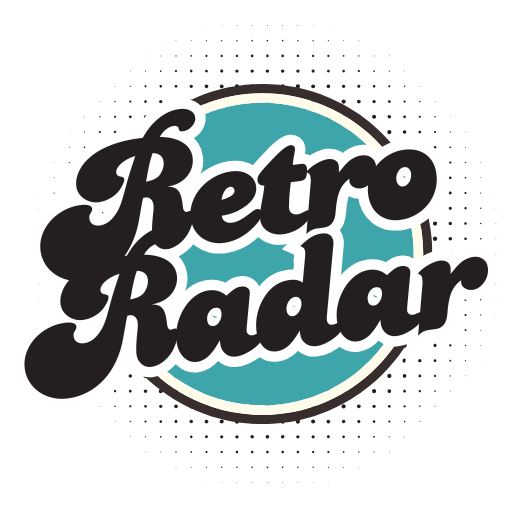13 Outrageous Things That Were Considered ‘Normal’ in the ’40s and ’50s

Every generation looks back at the past and wonders, How did people ever think that was okay? The 1940s and 1950s were full of things that, by today’s standards, seem completely outrageous.
Smoking on airplanes, feeding babies soda, and using radioactive products for “health benefits” weren’t just common but recommended. While some of these things might make us laugh, others will leave you shaking your head in disbelief.
Let’s take a look at 13 things that were once totally acceptable but would be unthinkable today.
1. Smoking Everywhere—Even in Hospitals

Lighting up a cigarette wasn’t just socially acceptable—it was practically encouraged. People smoked in offices, airplanes, restaurants, and even hospitals.
Doctors appeared in cigarette ads, claiming that certain brands were “smoother on the throat.” Imagine today’s surgeons taking a smoke break mid-surgery—that’s how wild it was. Hospitals didn’t just allow smoking; they were practically endorsing it.
The contrast to today’s smoke-free policies is staggering. Now, we realize how detrimental second-hand smoke is, but back then, it was just part of the atmosphere.
2. Radium-Infused Products
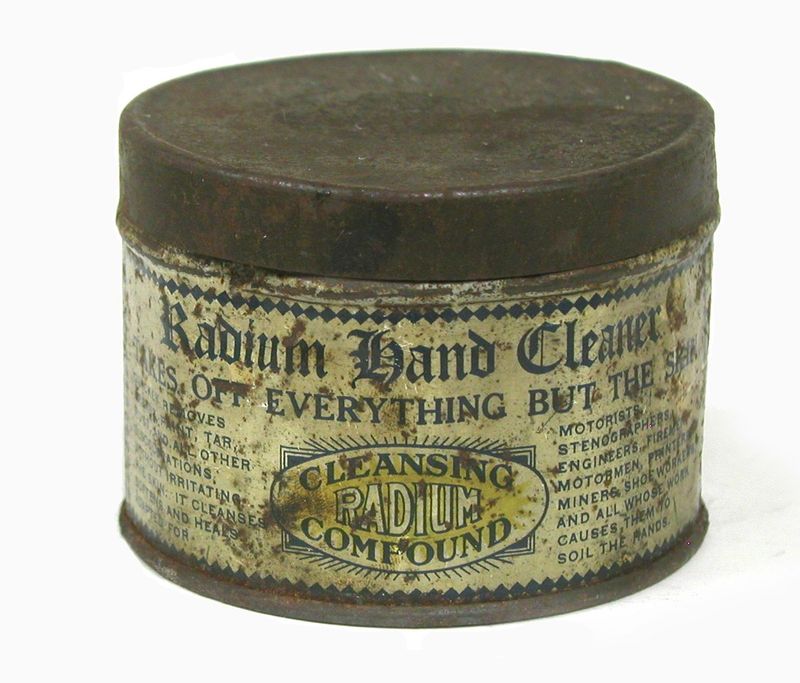
Back in the day, radioactive radium was seen as a miracle ingredient. It was in everything from face creams to water bottles, marketed as a health booster that could “revitalize” the body.
Some companies even sold glow-in-the-dark radium chocolate. In modern times, we know better—radiation poisoning isn’t exactly the best beauty treatment.
The era’s fascination with radioactivity is shocking. What seemed like a fountain of youth now sounds like a health hazard. Our understanding of radioactivity has drastically changed over the years.
3. Lead Paint in Homes and Toys

Painting a baby’s crib with lead-based paint? Totally normal. Giving kids metal toy soldiers coated in lead? Standard practice.
It wasn’t until the late 20th century that people started realizing that maybe covering everything in a toxic metal wasn’t the best idea for long-term health. Lead exposure has severe health consequences, especially for children, impacting development.
Looking back, the lack of awareness is surprising. Today, strict regulations keep lead out of homes, but back then, it painted a different picture of child safety.
4. Lobotomies as a Common Medical Treatment
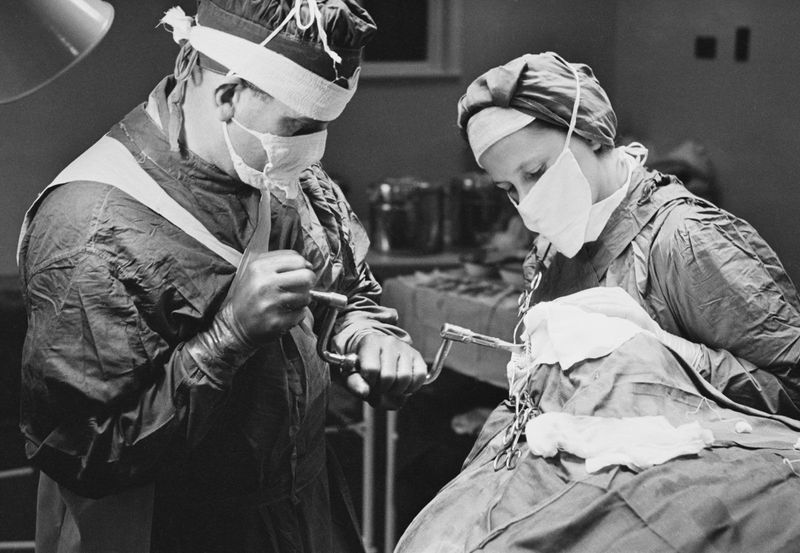
Mental health treatment in the ‘40s and ‘50s was, to put it mildly, horrifying. Lobotomies—where doctors literally severed brain connections—were performed on thousands of patients for everything from depression to “rebellious behavior.”
Nowadays, we’d call that a human rights violation, but back then, it was seen as cutting-edge medicine. The notion of a lobotomy as a cure is chilling. Modern psychiatry has evolved into more humane practices.
It’s hard to fathom the desperation that led to such extreme measures.
5. Children Riding in Cars Without Seatbelts

Safety measures in the ‘40s and ‘50s were practically nonexistent. Kids bounced around in the backseat (or even stood on the front seat), completely unrestrained. Car seats? More like decorative cushions with a loose strap.
Somehow, parents just assumed that holding onto their kids in a crash would do the trick. Today, the thought of traveling without seatbelts is terrifying. Modern vehicles have advanced safety features unheard of back then.
Our understanding of road safety has come a long way.
6. Jell-O Everything—Including Meat

The ‘50s had an absolute obsession with gelatin-based recipes. Jell-O salads with olives, meat molds, and mayonnaise-laden aspics were considered the height of culinary sophistication. If it didn’t wobble, it wasn’t fancy enough.
Today, the thought of encasing tuna salad in lime Jell-O is enough to send shivers down your spine. The culinary creativity of the time was unmatched in its bizarre inventiveness.
Modern palates might not appreciate such dishes, but they were a staple of the era.
7. Selling Cigarettes to Kids
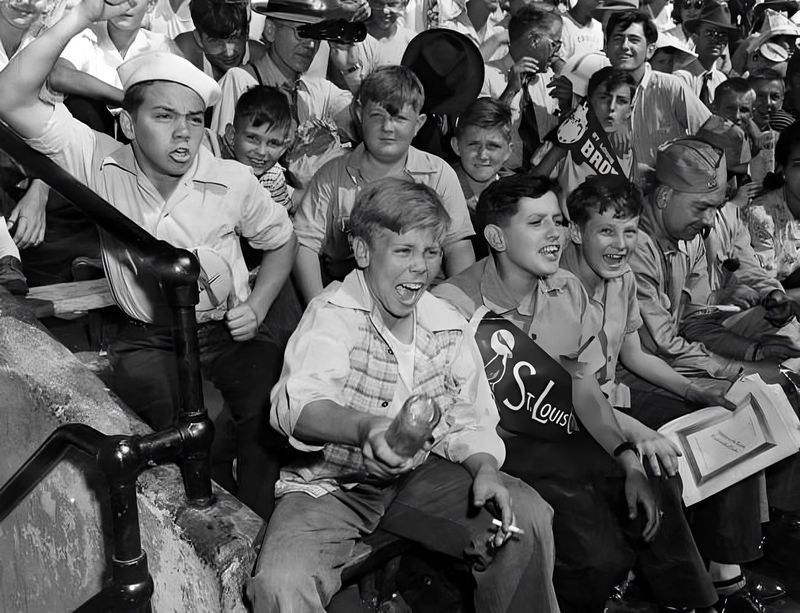
Need a pack of smokes? No problem—just send the kid down to the corner store. Nobody batted an eye at children buying cigarettes for their parents (or themselves).
Tobacco companies even ran ads with toddlers pretending to smoke, reinforcing the idea that starting young was totally fine. Nowadays, this would be unthinkable due to strict age regulations. The normalization of smoking from a young age is astonishing.
Societal attitudes have shifted dramatically regarding tobacco use and child safety.
8. Doctors Promoting Soda for Babies
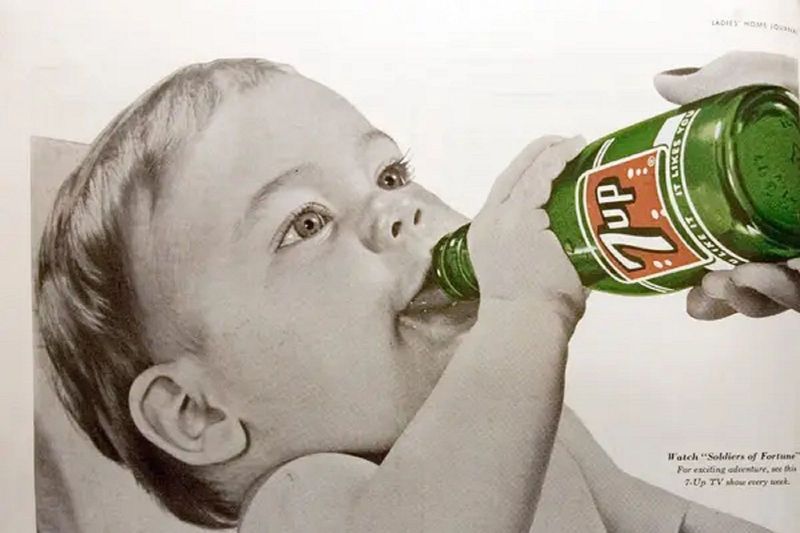
Believe it or not, some baby formula ads in the ‘50s suggested adding soda to a baby’s diet. One ad even claimed that cola was “scientifically proven” to be good for infants.
Today, pediatricians tell parents to avoid sugar for as long as possible—but back then, giving your baby a Coke was just another parenting choice. The health implications of such practices boggle the mind.
Modern dietary guidelines strictly discourage sugary drinks for infants, underscoring how much our understanding has evolved.
9. Asbestos Everywhere

Need insulation? Fireproofing? Ceiling tiles? Asbestos was the go-to material for everything. It was even in clothing and oven mitts. No one had any clue how dangerous it was—people thought it was a miracle product.
Today, we know that prolonged exposure causes severe lung disease, but back then, it was just part of the house. The widespread use of asbestos reflects the era’s lack of knowledge regarding health risks.
It’s a stark reminder of past industrial practices.
10. Milk Delivery Sitting Outside for Hours
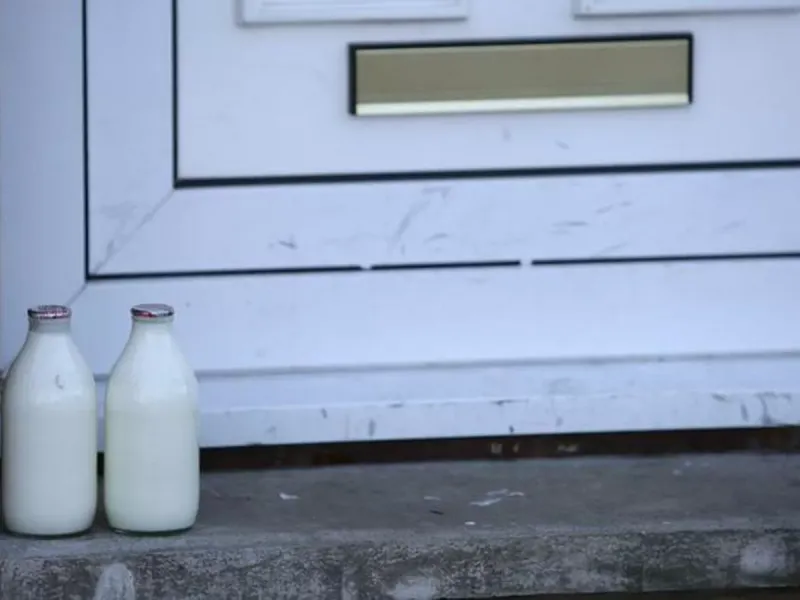
Back before refrigeration was common in every home, milkmen delivered fresh bottles that often sat outside for hours, waiting to be brought inside. No one seemed worried about spoilage or bacteria—people just assumed it was fine.
Nowadays, leaving dairy in the sun for half a day would be a disaster waiting to happen. Our modern understanding of food safety has grown immensely.
The bygone practice of doorstep milk delivery shows how much things have changed.
11. Cane and Paddle Punishments in Schools
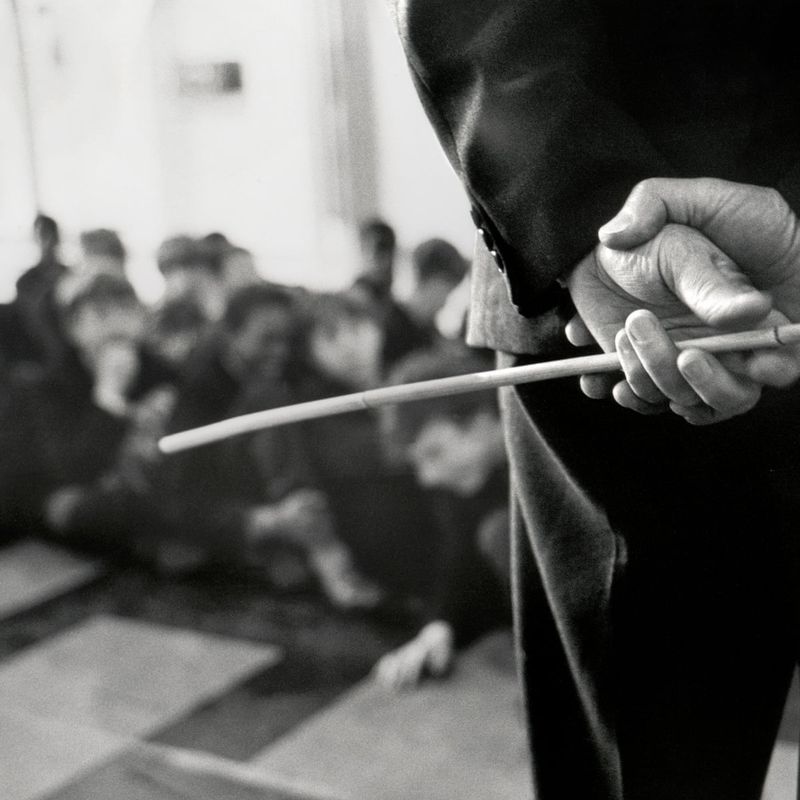
Corporal punishment wasn’t just accepted in schools—it was expected. If a kid talked back or misbehaved, a wooden paddle or a cane was often the punishment of choice. Parents rarely complained; many even encouraged it.
Today, a teacher doing that would be facing a lawsuit before lunchtime. School discipline has become more about counseling and support rather than punishment.
The shift in educational environments highlights evolving attitudes toward child development and rights.
12. Chemical Hair Treatments with Zero Safety Testing
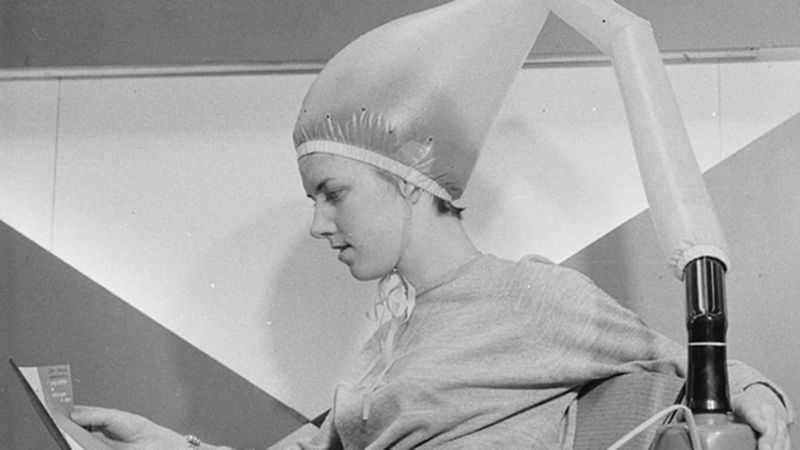
Women in the ‘50s used everything from lye-based relaxers to highly toxic home perms that could literally burn the scalp. The beauty industry had little regulation, and people applied harsh chemicals without a second thought.
Today’s hair treatments might not be perfect, but at least they won’t leave you with chemical burns. Beauty standards have continuously evolved, with safety now paramount.
The past shows a stark contrast in consumer protection.
13. No Parental Supervision—Kids Roamed Free
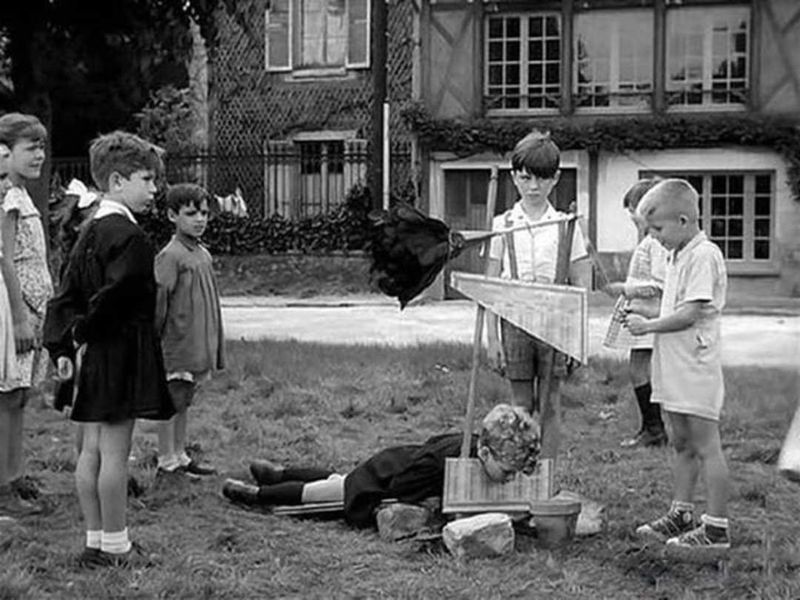
Kids in the ‘40s and ‘50s had total freedom. They left the house in the morning, played wherever they wanted, and only came home when the streetlights turned on. No cell phones, no tracking devices—just pure, unsupervised chaos.
Today’s helicopter parents would have a heart attack just thinking about it. The era fostered independence, though at times, it came with risks.
The change in parental oversight reflects shifts in societal norms and safety awareness.
